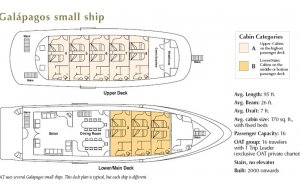
Textiles of Peru
Whenever Spanish Conquistadores arrived in Peru in 1430, the level associated with Incan Empire, they only had eyes for the abundant profusion of glittering silver. The Incan money of Cuzco was many opulently rich town of all the Americas. Its temples were plated with hefty gold, and entire menageries of gold animals lay inside. But of a lot more price towards the Inca, were the wealthy and different textiles they developed.
Peru has the longest constant reputation for textile production in the world, returning very nearly 10, 000 many years. Invented long before pottery and simply as humans began farming, Peruvian dietary fiber manipulation started with quick spun materials, moving on through cords and nets. By 500 C this rudimentary craft had developed into complex weaving, employing almost every strategy known today.
Intricate Peruvian Featherwork through the Wari tradition, 8th-16th century A.D.
In Paracas, exquisite and fragile textile art could be dated dating back to 600 BC. We know of the fabrics simply because they had been covered with level after complex level around mummies, and had been thought to come with Paracas individuals into the afterlife.
Ornate featherwork fabrics had been in addition highly prized because of the ancient peoples of the central Andes, as well as those in the highlands and along the shore. Numerous examples of feathered garments and hangings patterned by feather mosaic being restored from the arid costal area, where they were preserved for centuries and, often, for millennia.
A Peruvian girl weaves utilizing a conventional Backtrap Loom
Though featherwork fabrics are no longer common, other weaving practices of Peru have actually remained strong, passed on through old-fashioned teaching methods of observation and repetition. While modern ways of textile manufacturing are becoming widespread as Peru took its location as a number one producer of quality fabrics, the backstrap loom, still used in the Andes today, dates to pre Inca times.
A Peruvian lady sells her wares saturated in the Andes.
Fabrics continue steadily to play an integral role in Peruvian tradition. They have been given as gift suggestions in courtship, and important components of relationship and coming old ceremonies. Since most of Peruvian textile creators tend to be ladies, money received with this art is more likely to go toward feeding and taking care of kids, and improves the lives of females as they come to be larger contributors to household earnings.
Certainly one of INDIGENOUS' fair trade Peruvian knitters.
Producing intricate, step-by-step textile styles, Peruvian artisans draw from world’s longest textile tradition. With understanding that extends right back millennia, it’s not surprising that their hands produce several of the most breathtaking, magnificent style worldwide. It really is by this course that Peru features registered the whole world marketplace as a textile superstar.
RELATED VIDEO



Share this Post
Related posts
Map of Peru and Chile
Ferdinand Magellan ended up being the initial European explorer to check out Chile, setting foot here on October 21, 1520…
Read MoreTours of Peru and Galapagos
Discover the organic marvels for the Galápagos in addition to magnificent social treasures of Peru. Explore the ancient Inca…
Read More

